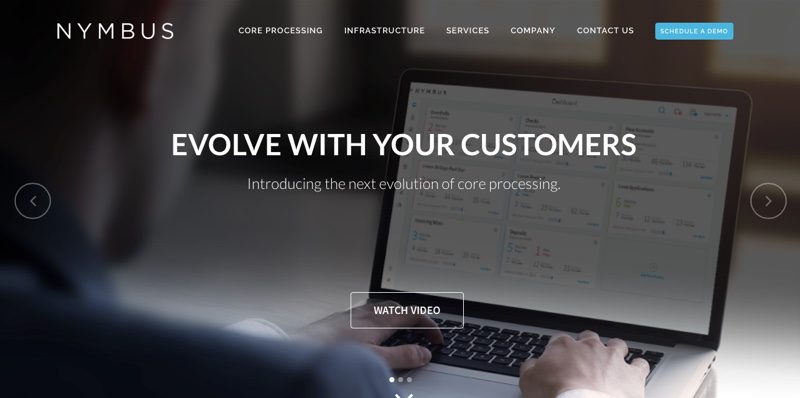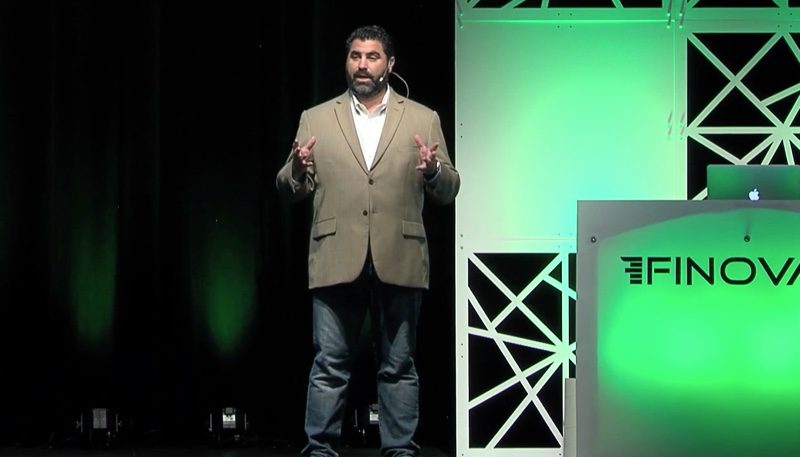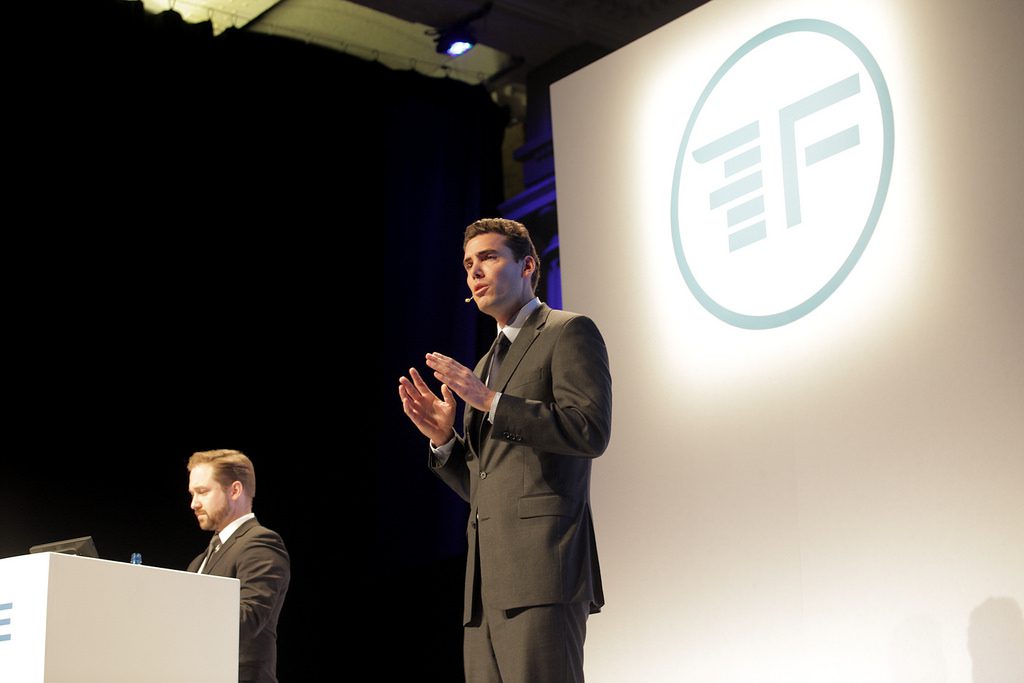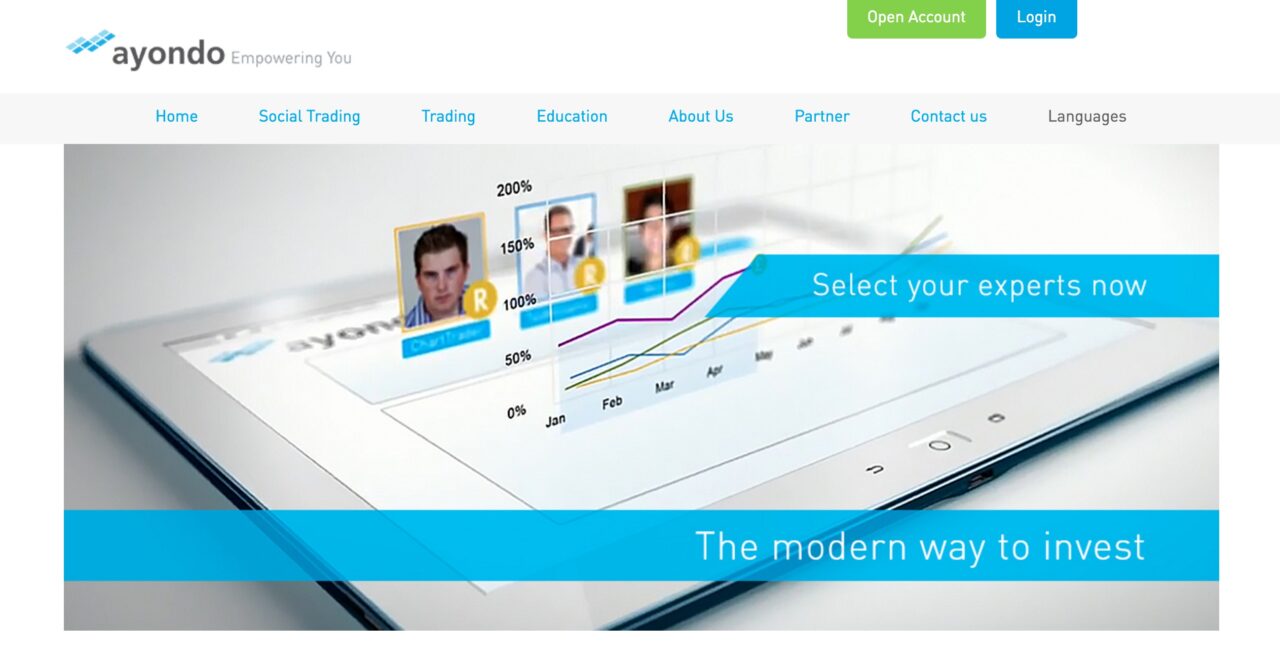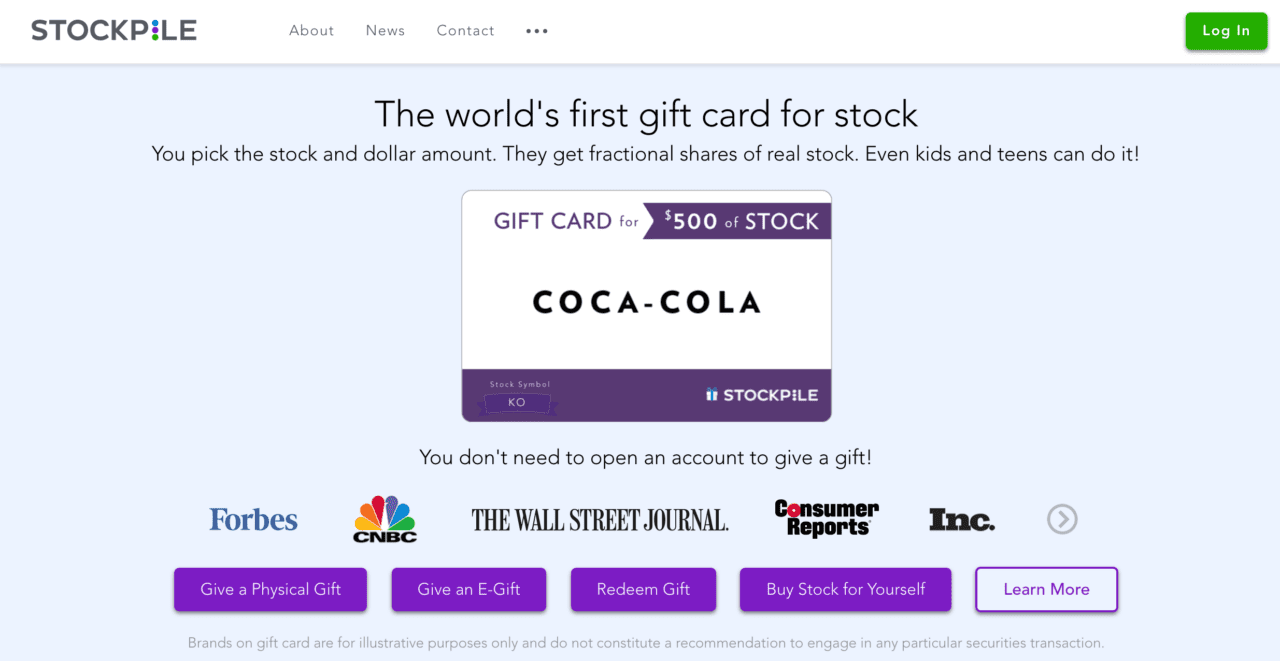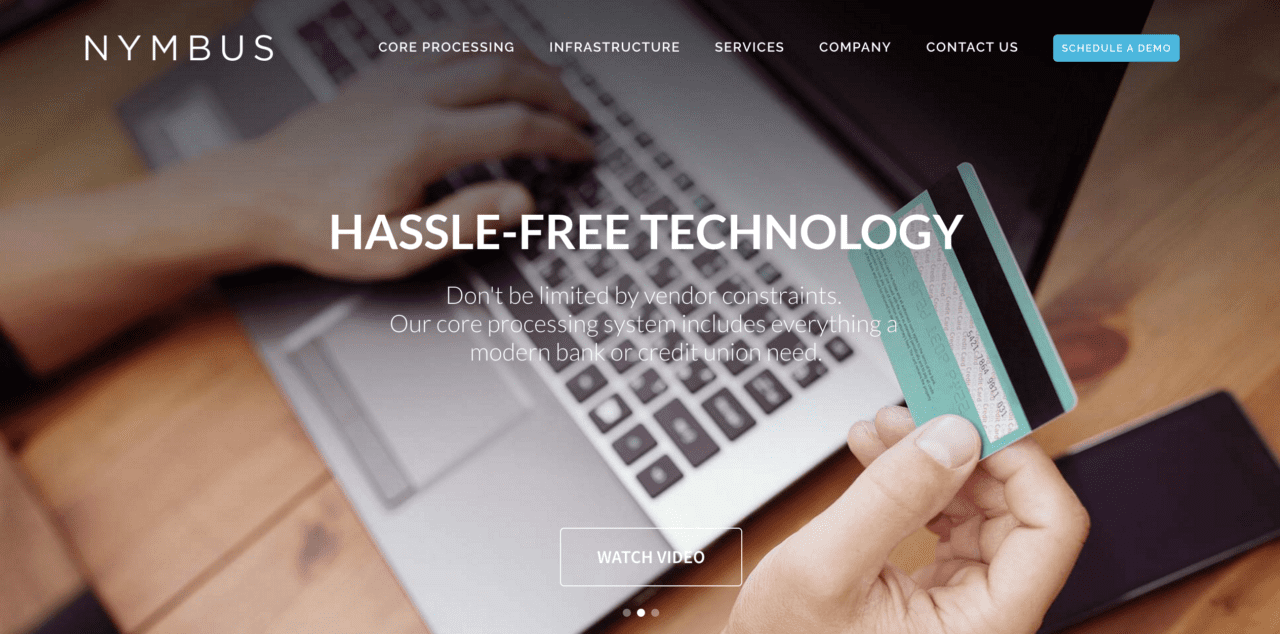With security emerging as one of the largest themes of our upcoming FinDEVr developers conference, it’s no surprise to see movement in that segment of the industry. Yesterday, cloud services provider Akamai acquired security company Soha Systems.
While the terms of the deal were not disclosed, Akamai describes the purchase price as “immaterial” for the company. California-based Soha, which offers secure access-as-a-service for enterprises, has raised almost $10 million since it was founded in 2013. Under the acquisition, Akamai will use Soha’s services to extend its portfolio of Cloud Networking Solutions and to “simplify and improve remote and mobile access to enterprise resources, while at the same time minimize the exposed attack surface.” In a press release, Robert Blumofe, EVP, Platform, and GM, Enterprise and Carrier Division, said, “By adding Soha’s secure access technology to our cloud networking solutions, we believe we are well positioned to help our customers take full advantage of the key trends, cloud and mobile, driving enterprise computing.”
The deal comes less than a week after the company’s announcement of its acquisition of Concord Systems, an IoT company. In fact, Akamai has been on an acquisition spree of security companies; recent deals include Bloxx in November 2015 and Prolexic in 2013. According to TechCrunch, Akamai is bolstering its security to become more appealing to potential, large acquirers, such as Google or Microsoft.
Akamai presented at FinovateEurope 2015 in London where it debuted its Client Reputation Service, designed to help FIs forecast security issues and protect against DDoS attacks, web attackers, screen scrapers, and scanning tools. The company most recently released the Akamai Bot Manager to mitigate screen scraping, automated clicks, and illegitimate transactional activity.
Akamai was founded in 1998 and is based in Cambridge, Massachusetts. Dr. Tom Leighton is CEO.
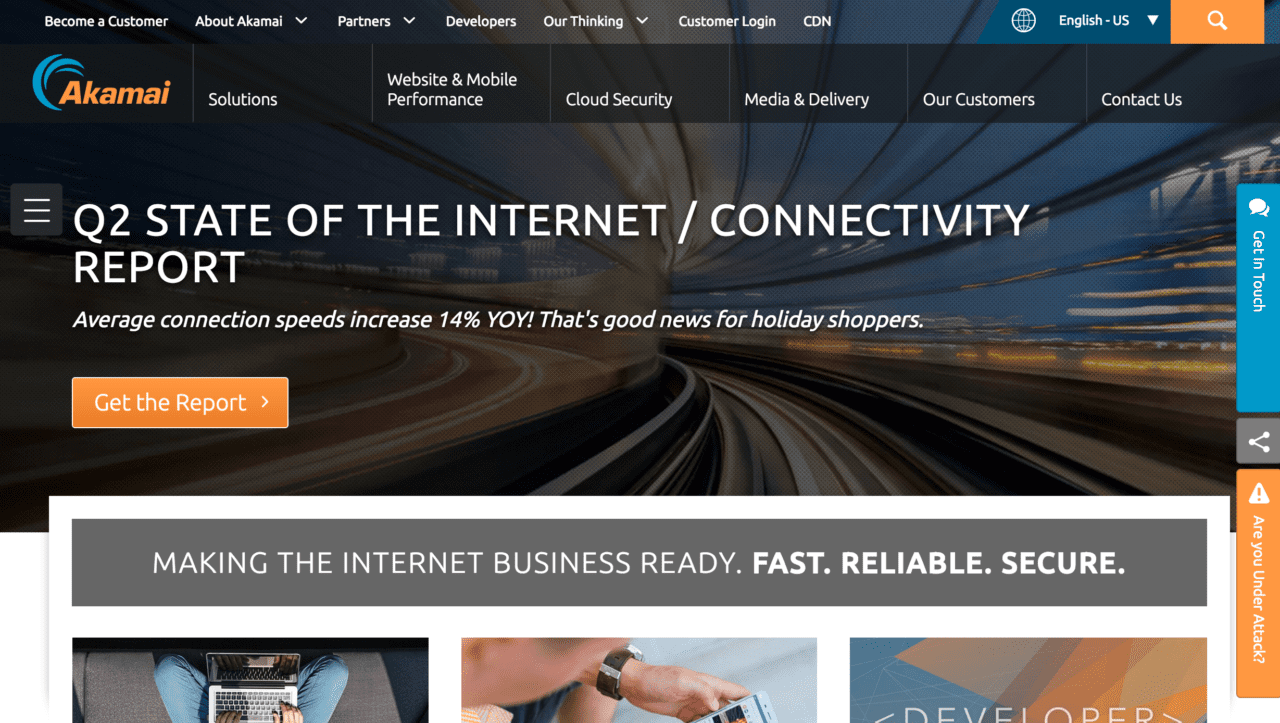


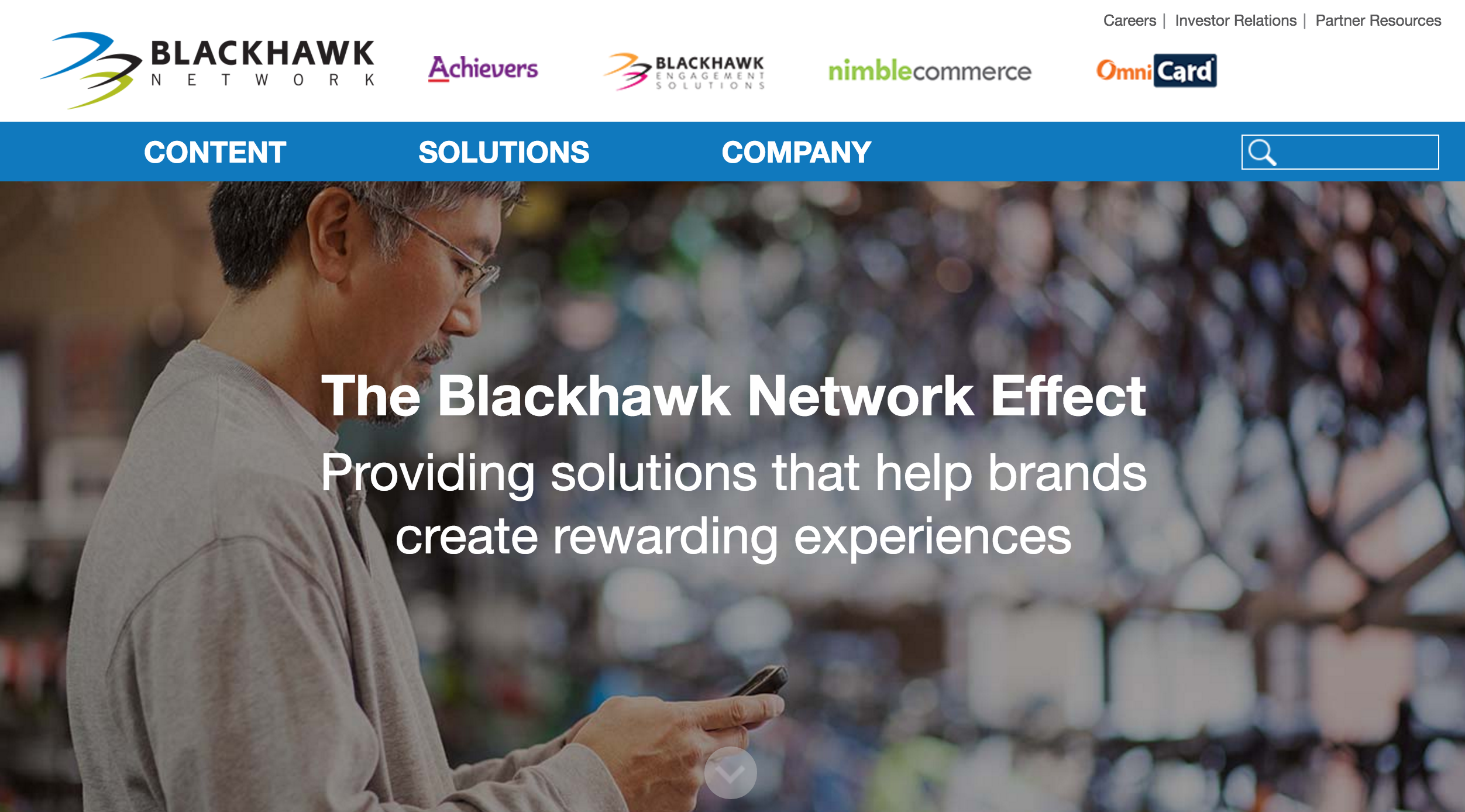
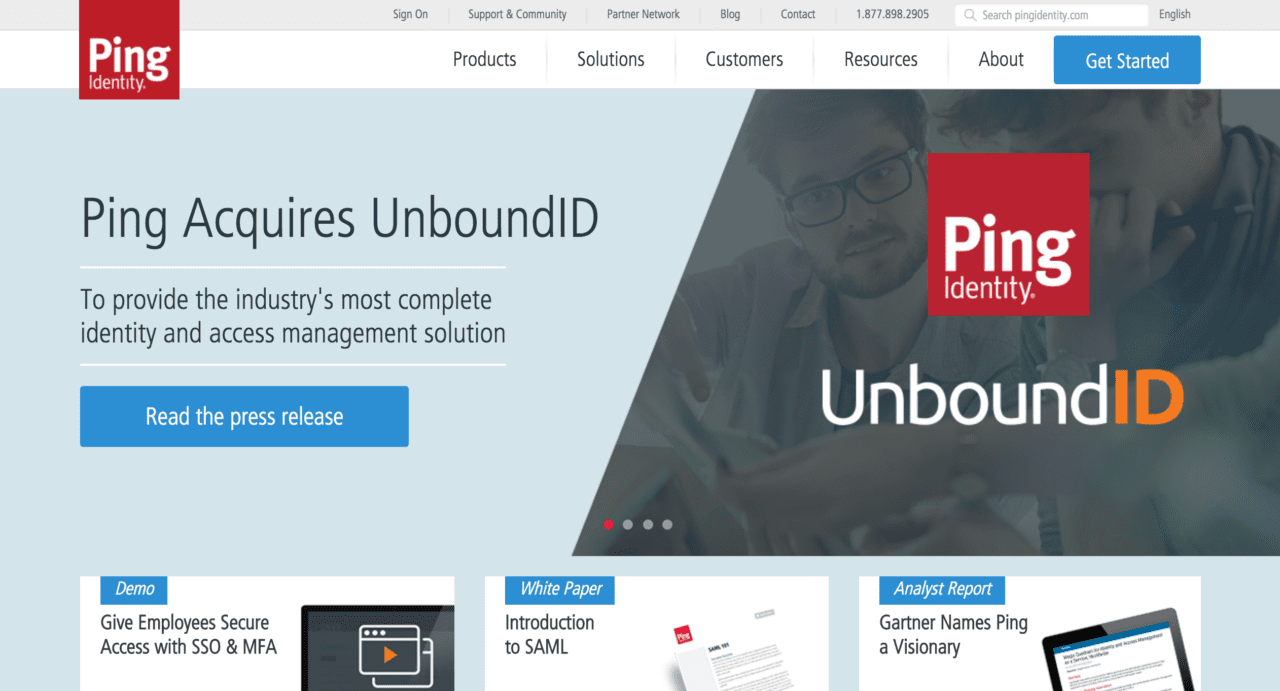

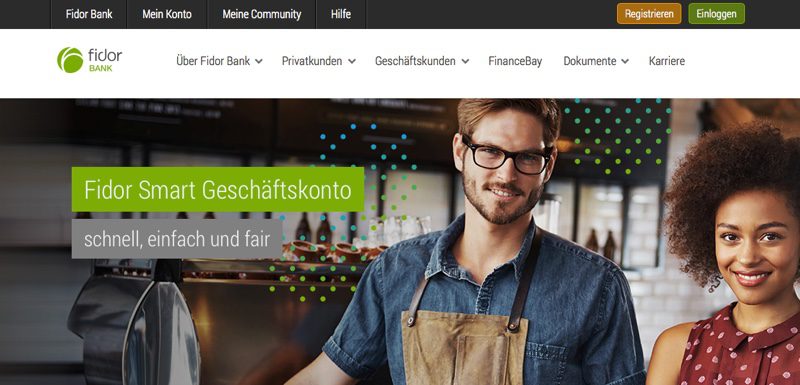



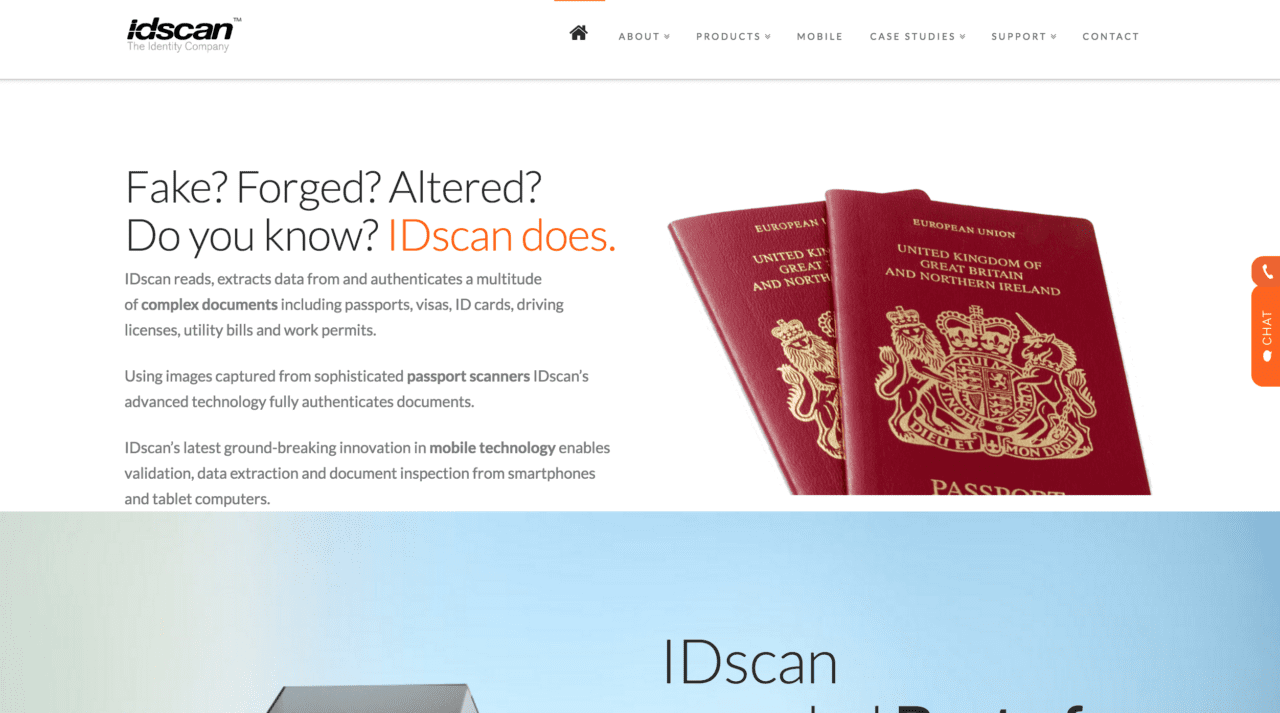
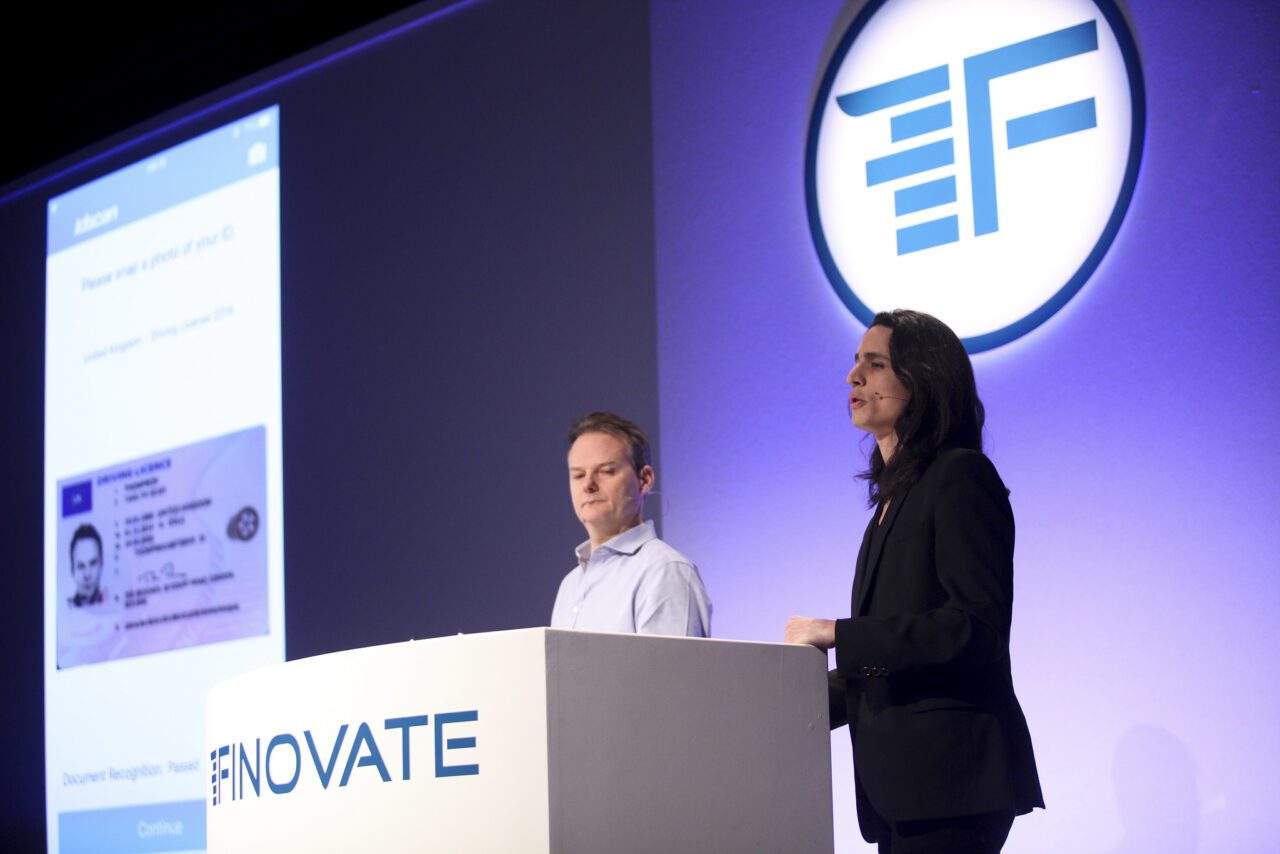 CEO Tamlyn Thompson and Dr. Zaher Zaidan, CFO, demoed IDScan Biometrics’ facial recognition algorithm.
CEO Tamlyn Thompson and Dr. Zaher Zaidan, CFO, demoed IDScan Biometrics’ facial recognition algorithm.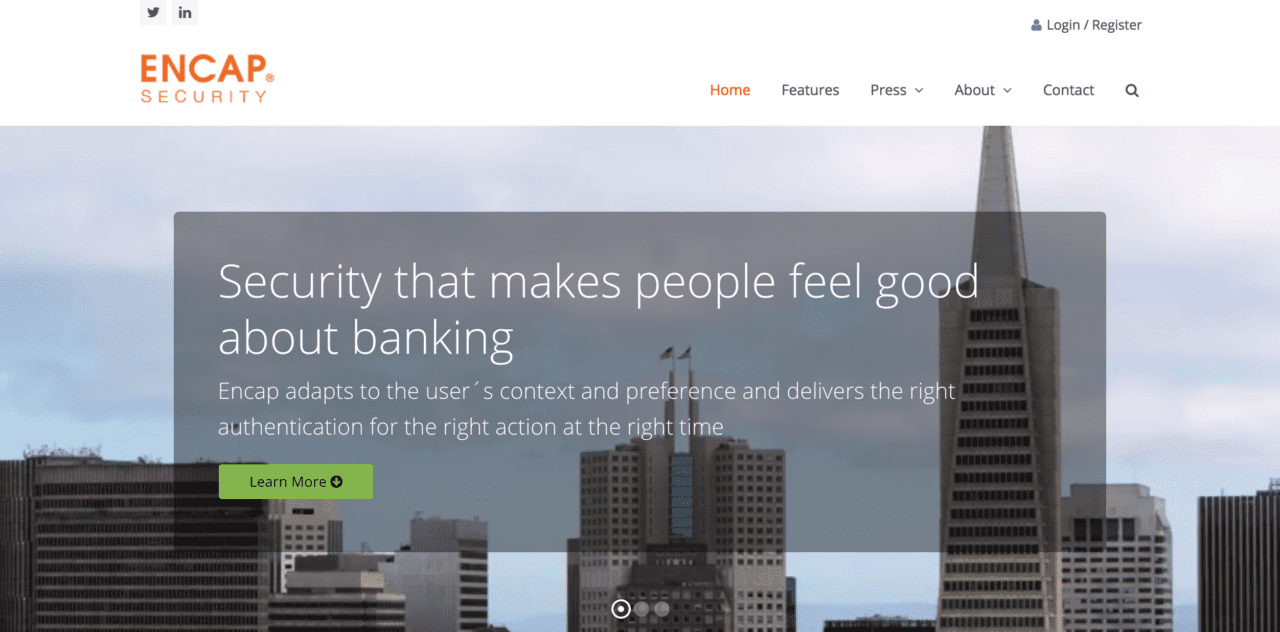
 Adam Dolby, Encap vice president of business development, presented at FinovateFall 2015 in New York.
Adam Dolby, Encap vice president of business development, presented at FinovateFall 2015 in New York.